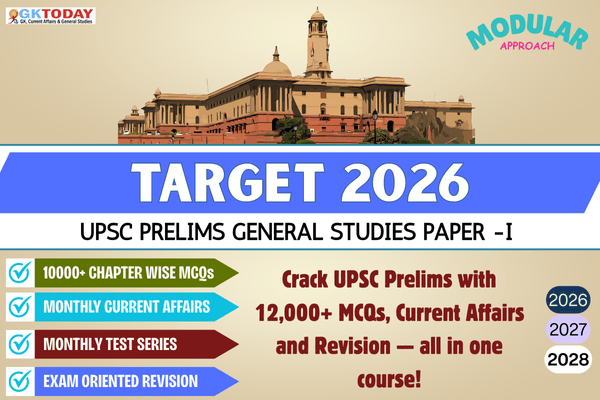- The Reserve Bank of India Act, 1934, assigns the RBI the “sole right” to issue banknotes, and design as well as form of banknotes in India.
- All four currency note printing presses located in Nasik, Dewas, Mysore and Salboni are owned entirely by the Reserve Bank of India.
Answer: Neither 1 nor 2
Notes: While Section 22 of the RBI Act gives RBI the authority to issue banknotes, any change in design or form must be approved by both the RBI and the central government. Two presses (Nasik and Dewas) are owned by the Government of India, while Mysore and Salboni are owned by Bharatiya Reserve Bank Note Mudran Ltd, a subsidiary of RBI, not the RBI directly.
